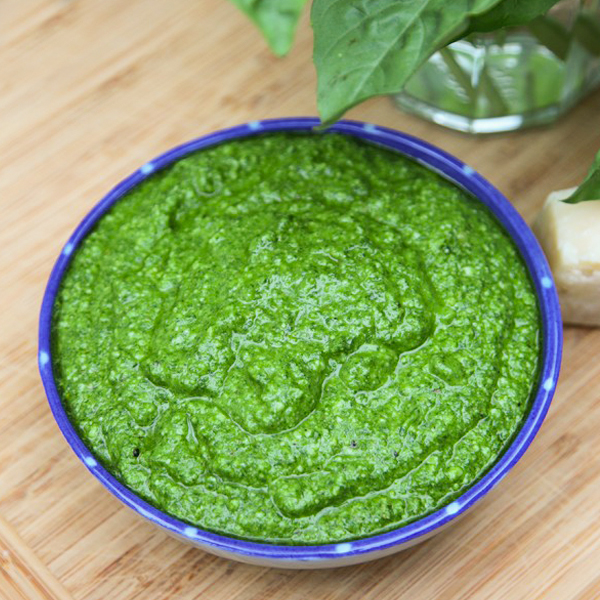
In May, it was just a harmless-looking sprout with a few ferny leaves. Now this sprawling monster, barely contained by its cage, is overwhelming you with tomatoes.
What are you to do with them all?
Or with the rampant zucchini that grow to the size and texture of baseball bats if you don't catch them early? Or with armfuls of basil?
The onslaught was hard to imagine last spring when you planned the garden and set out those spindly seedlings. But by August, you've brought tomatoes to the office so often that colleagues duck into the supply closet when they see you coming with a paper bag. Your friends are announcing never-before-suspected tomato allergies and the neighbors are sneaking tomatoes onto your front porch.
Never fear. There are many options for coping with the harvest.
One option is to donate surplus produce to food pantries or homeless shelters, as the Garden's Windy City Harvest urban farming and job-training program does. Call ahead and make sure your local pantry welcomes perishable goods before you deliver the produce.


If you need new inspiration for the table,
check out the recipes from the Garden Café.
Pesto
A classic way to use up buckets of basil is making pesto. A simple internet search will make it clear that there are many opinions about how to make pesto, but the basic ingredients are lots of basil, garlic, good olive oil and Parmesan cheese, and a food processor or blender. The result, a bright green paste that is the distilled essence of summer, can be spread on sandwiches, tossed with pasta, dribbled across tomatoes, or added to sauce. Freeze pesto in ice-cube trays and then keep the cubes in the freezer in a zipper bag for later use.
Got armloads of heirlooms on your hands? Learn to preserve your harvest in tomato sauce or salsa.
Canning Tomatoes
Canning is making a comeback these days, as the boom in new vegetable gardeners becomes a boom in people with too many tomatoes. Just a couple of generations ago, it was routine for many families to put up jar after jar of tomatoes, pickles, and jam.
Tomatoes are good for beginning canners because, like most fruits, they contain a good deal of antibacterial acid. Home-canned tomatoes are safe to eat if the sealed jars have been properly processed by spending the right amount of time submerged in boiling water.
What if you actually want more vegetables and herbs?
With most, the more you pick, the more you'll get, until the plant is slowed down by dropping temperatures and shorter days or has simply run out of steam. Pinching back herb plants such as basil pushes them to produce more stems and leaves, so don't wait to make pesto. Gather herbs early and often and experiment with new ways to use their lively flavors.
It's not a good idea, though, to push vegetable plants by increasing doses of fertilizer in late summer. That is more likely to stress the plants than to make them produce more. If you aren't getting good production, it's better to take careful note of the possible reasons. Is there too much shade? Inconsistent watering? Compacted soil? Pests? A disappointing variety? Learn from this year's mistakes so you can make better choices next spring.
Indeterminate tomatoes and many other vegetable plants likely will still be bearing as frost looms. It's best to gather all the harvest well before the last minute, because you never know when the first frost may come.
Tomatoes that are well-tinted with red will ripen further on a sunny windowsill. Even green tomatoes may ripen if they are kept in a dark, cool, and well-ventilated place. Wrap them in newspaper and gently lay them in a cardboard box in a single layer. Cover and check them often.
Another way to preserve the summer's bounty is by saving tomato seeds.
The process involves straining the seeds from a ripe tomato, allowing their gel coating to rot away, and drying them. This is worth doing for open-pollinated varieties you really love and want to plant again, and it will place you in the long history of gardeners who have made some tomatoes into heirlooms. It's not worth doing with F1 hybrid varieties, because in the next generation hybrids will revert to a parent variety that usually doesn't have the same characteristics.
Take notes
At the height of the harvest, it's a good idea to take some notes, or even some pictures, to record how much your plants produced. That will help you decide, when you are planning your garden in January, how many plants you really need in next year's garden and which varieties you truly enjoyed. And in January, it's a comfort to remember the flavor of a home-grown, sun-warmed tomato.
Beth Botts is a garden writer and speaker who lives and gardens in Oak Park, Illinois.

